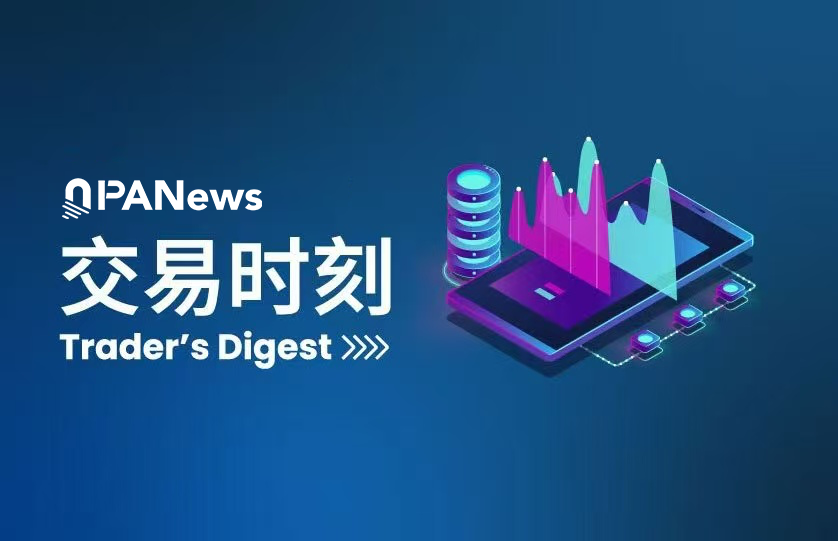Tether adds native Bitcoin Lightning support to wallet development kit
Tether just gave developers a shortcut to the Bitcoin economy. By embedding Lightspark’s Lightning infrastructure into its Wallet Development Kit, it’s now possible to launch self-custodial wallets with native fast BTC transactions from day one.
- Tether has integrated Lightspark’s Bitcoin Lightning infrastructure into its open-source Wallet Development Kit, enabling instant BTC and stablecoin payments in self-custodial wallets.
- The update removes the need for separate systems for on-chain and Lightning transactions, offering developers a single API for faster deployment.
USDT issuer Tether announced on August 14 a direct integration of Lightspark’s Bitcoin Lightning Network tools into its open-source Wallet Development Kit, effectively bundling instant BTC payments with its existing stablecoin and token support.
The move, developed in collaboration with Lightspark, the David Marcus-led fintech firm specializing in Lightning infrastructure, eliminates the need for developers to stitch together disparate systems for on-chain and Lightning transactions.
Instead, wallets built using WDK can now handle both through a single stateless API, sidestepping the technical hurdles that have historically slowed Lightning adoption, Tether said.
The Lightning integration: What it means for developers
The integration gives developers more than just faster Bitcoin transactions. It provides a complete framework for building next-generation financial applications. Lightspark’s infrastructure, now embedded directly into Tether’s WDK, handles routing, liquidity management, and compliance layers, effectively turning what was once a complex engineering challenge into a plug-and-play feature.
Businesses integrating WDK can now offer instant Bitcoin micropayments alongside stablecoin transactions without maintaining their own Lightning nodes or navigating the network’s operational nuances.
Ardoino’s vision extends beyond payments. He describes a future where WDK enables machines in Tether’s QVAC ecosystem to autonomously transact using Lightning-settled Bitcoin or USDT, blurring the lines between financial infrastructure and AI-driven automation.
At its core, WDK is a modular toolkit designed to abstract away the complexities of blockchain integration. Developers can embed non-custodial wallets supporting Bitcoin, USDT, and even gold-backed XAUT into apps with minimal coding, while the soon-to-be fully open-sourced codebase invites broader experimentation.
The Lightning addition is particularly strategic. While stablecoins dominate efficiency-focused use cases, Bitcoin’s censorship-resistant properties remain unique. By merging both into a single API, Tether is positioning WDK as a neutral foundation for applications where speed and sovereignty matter equally.
You May Also Like

Stablecoin Speculation Triggers Swings, Hong Kong SFC and HKMA Caution Investors

The Federal Reserve continues to keep interest rates unchanged and still expects two rate cuts this year
